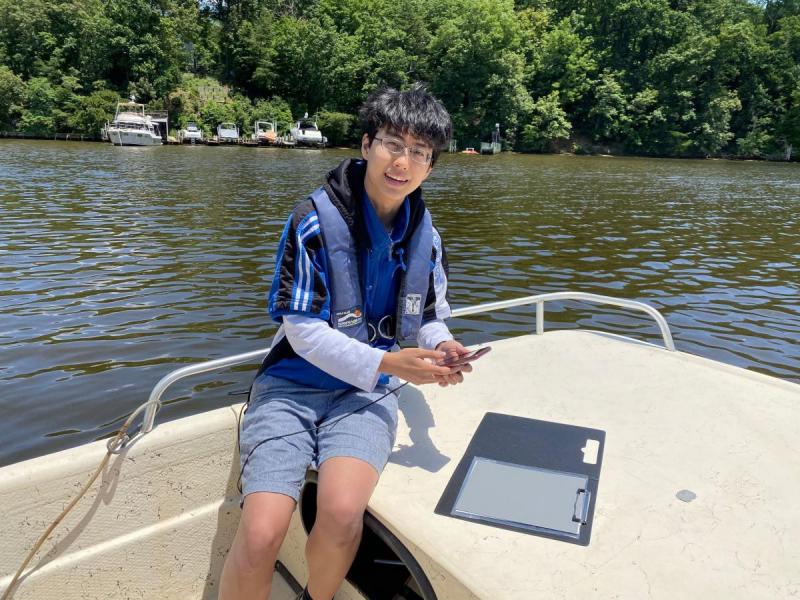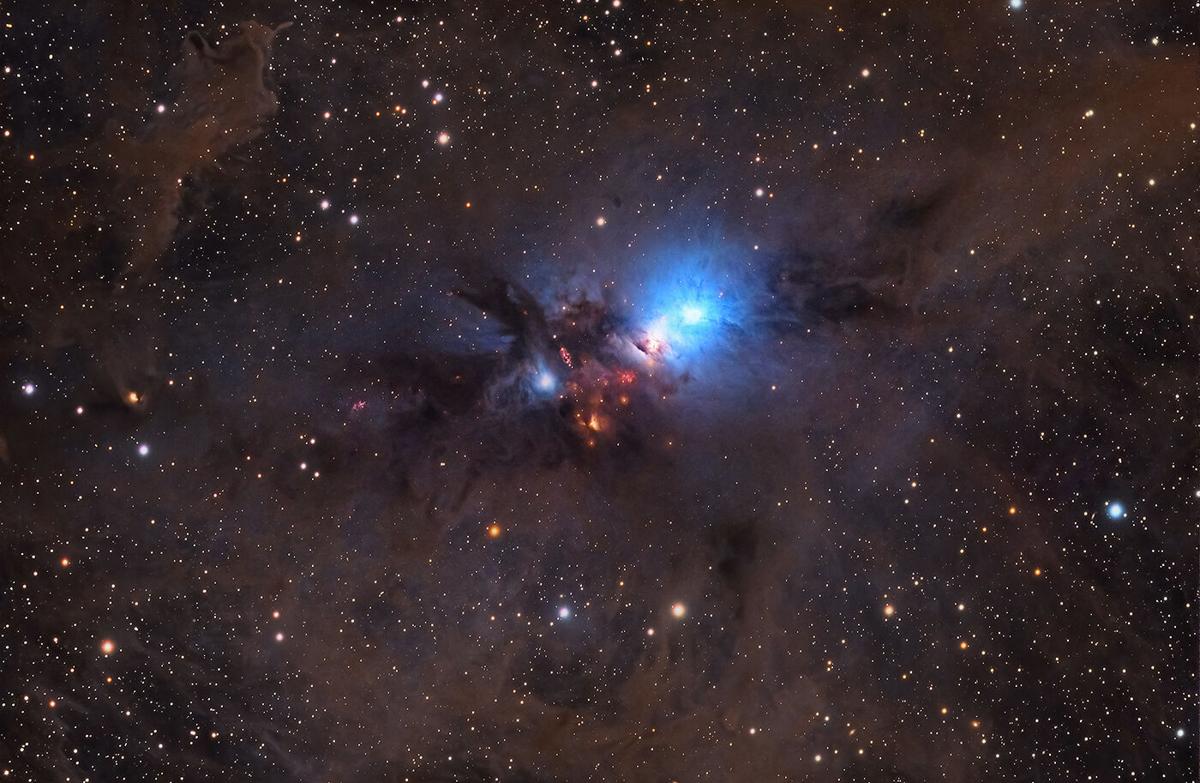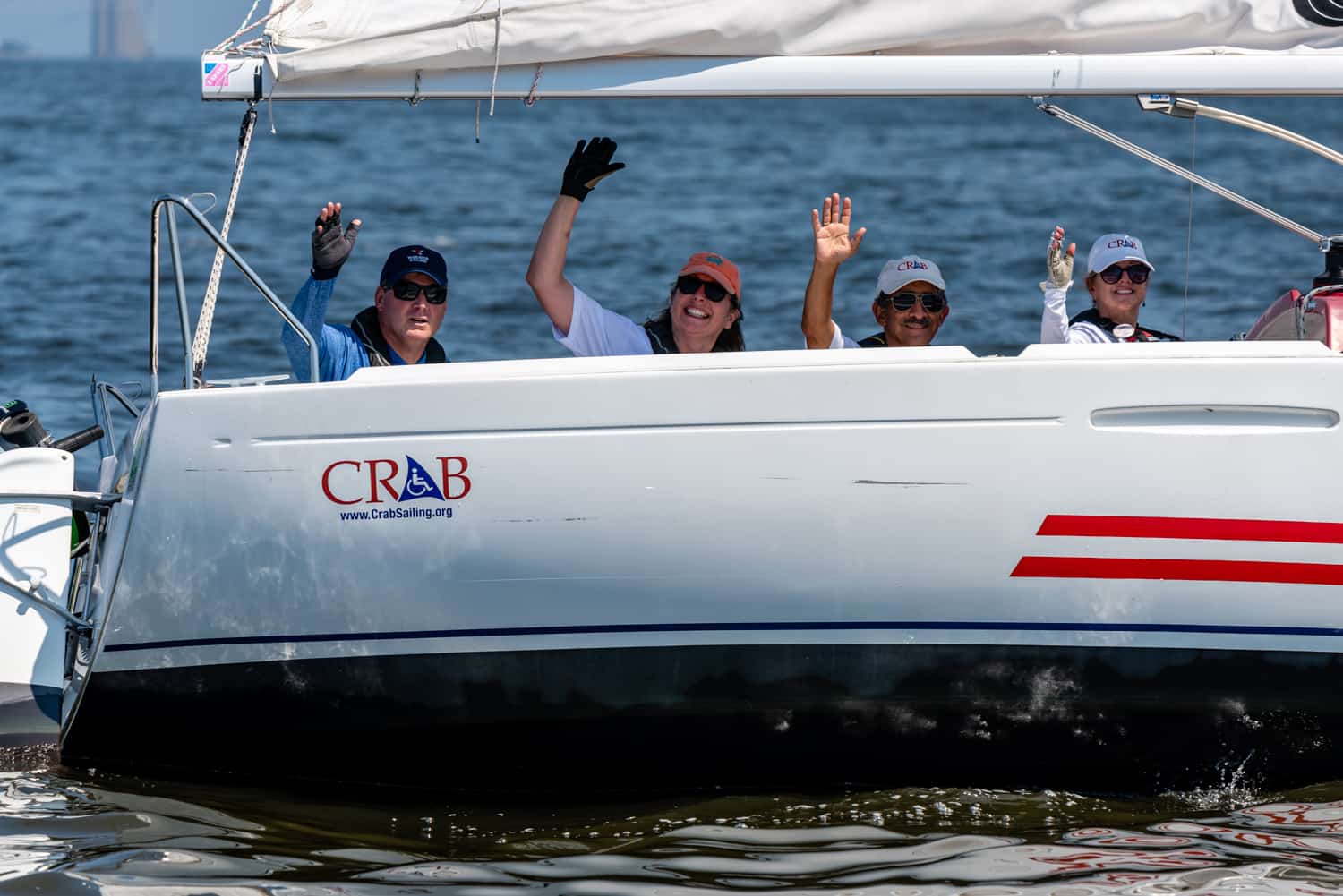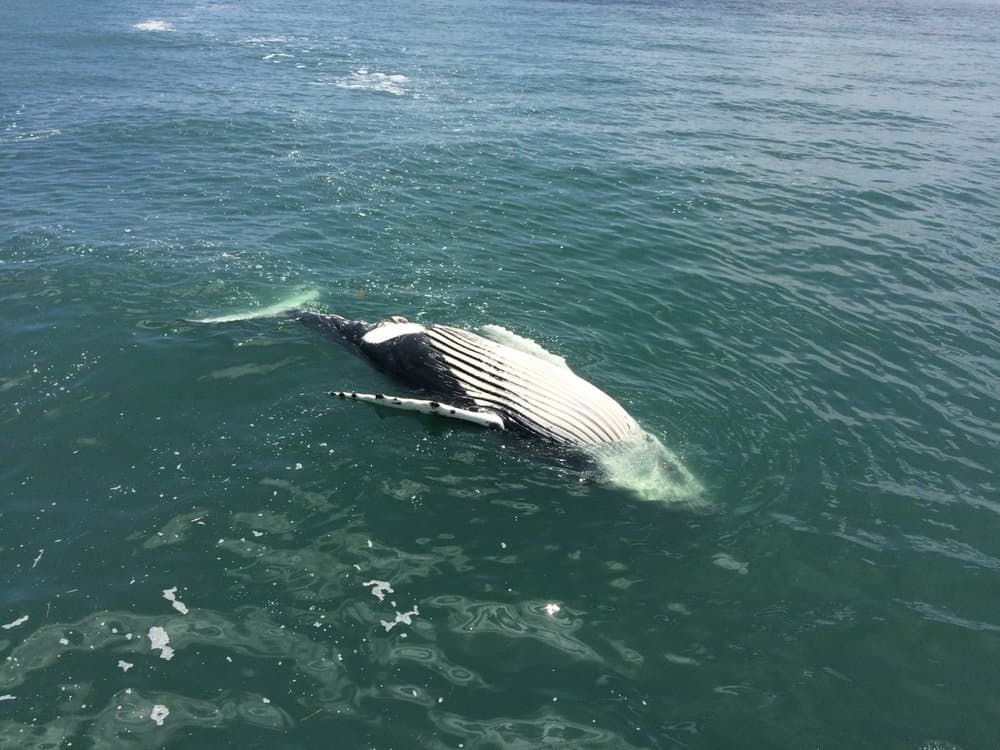If you love to snap a scenic photos from your boat, kayak or canoe (who doesn’t!?), researchers could use your help with a new water monitoring project.
The Smithsonian Environmental Research Center (SERC) in Edgewater, Md. is looking for volunteers to use an app to take pictures of the water and sky, along with taking some water samples. SERC would like photos to be taken at least 100 feet away from shore, especially on the South, West, Rhode, and Severn rivers. Anyone with a boat, canoe, two-person kayaks, or even a long dock can help.
The Chesapeake Water Watch pilot project is a partnership between SERC and NASA with the help of riverkeepers and citizen scientists on the water. What does NASA have to do with water quality monitoring? Their satellites today are so cutting-edge that they can capture water quality changes on camera. Used widely in the Chesapeake region, the satellites could give researchers an overall picture of chlorophyll a, water clarity, and colored dissolved organic matter. As SERC explains, ” These large-scale datasets from satellites would provide a greater understanding of the overall environmental conditions to support aquatic life, and economic and recreational activity.”
But the information gathered by the satellites must be verified with measurements from the ground. Citizen scientists are important for “ground truthing”, informing adjustments that need to be made, and even raising awareness about NASA’s environmental projects. Pairing water-level sampling with satellites that offer large-scale water quality snapshots, researchers will have the most complete picture of the Chesapeake Bay’s health. As a pilot project, if the program is successful, it could eventually be used to monitor coastal waters around the world.
Volunteers and researchers can help with monitoring in a couple of waters. First, volunteers take photos in the field using the Hydrocolor app—which analyzes the photos to give researchers measurements of turbidity and reflectance. Second, volunteers collect water samples, which are later tested for chlorophyll, turbidity and dissolved organic matter.
These data are analyzed and compared to the same information collected by satellites in space to help determine their accuracy.
Any interested volunteer photographers/samplers should reach out to [email protected]. As always, but especially now that water temperatures are cooling, wear your life jacket if you go out on the water to help.
-Meg Walburn Viviano




